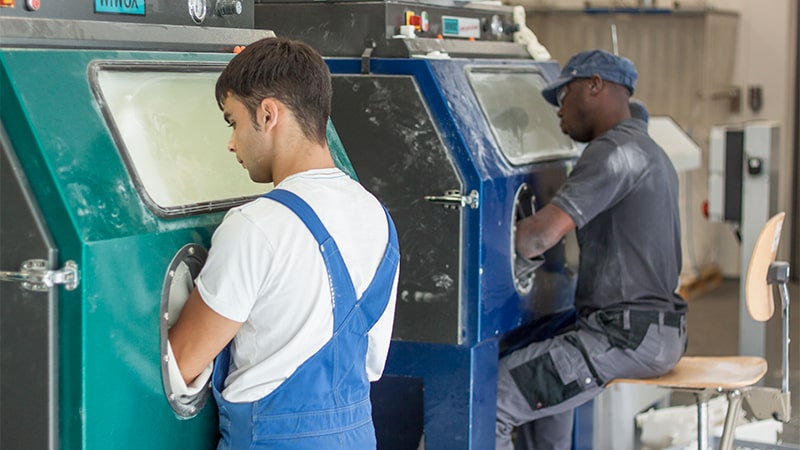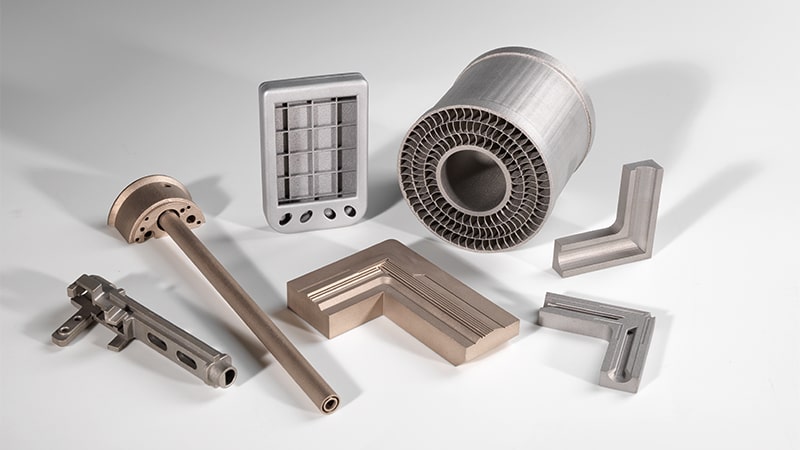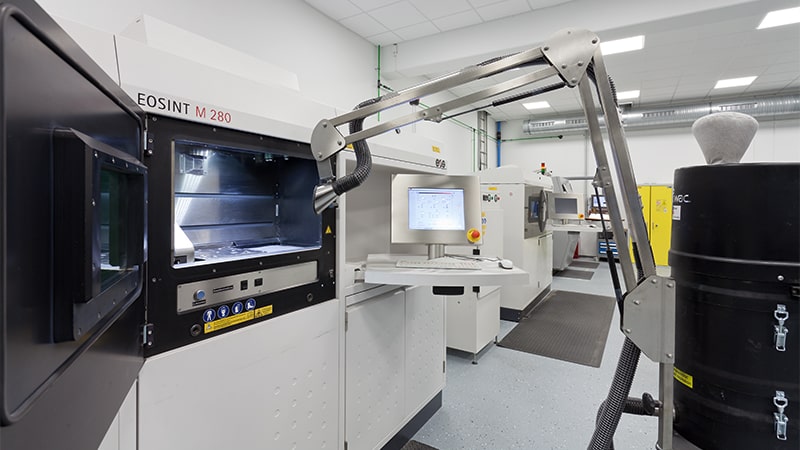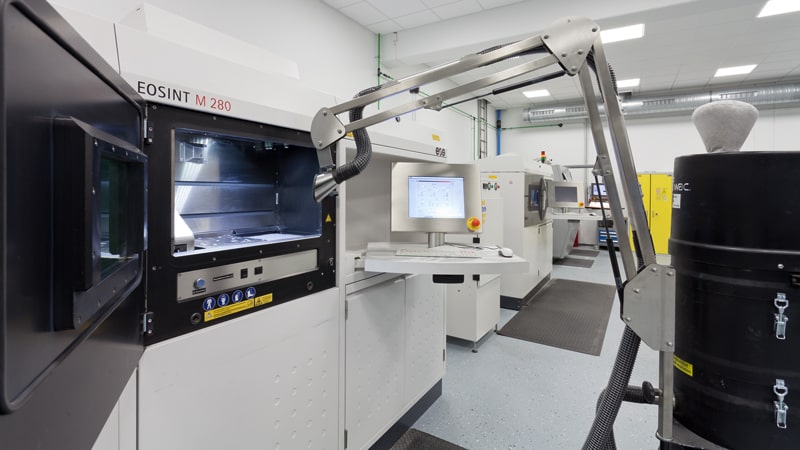What is 3D printing?

3D printing is an umbrella term that includes several additive printing processes that can be used to create objects three-dimensionally from a computer program. Technical drawings of the component to be manufactured are generated in special CAD programs. These are sent to a 3D printer, which then prints using the layering process. 3D printing is therefore the opposite of conventional machining, in which objects are removed from a block of material.
Industrial 3D Printing

In industrial 3D printing, components are produced directly from the digital 3D CAD data as individual pieces or in series. Cost- and time-saving as well as tool-free, objects and components can be created digitally and then realized. This makes it possible to discover potential risks not only theoretically, but also practically directly on the property. Prototyping and the creation of functional spare parts and small series are particularly interesting due to the cost savings.
Additive Manufacturing

Additive manufacturing is the opposite of material-removing, subtractive manufacturing, in which the desired object is carved out of a block of material. In additive manufacturing (AM, German: additive manufacturing), the end product is built and created layer by layer with the help of various materials and a 3D printer.
Generative manufacturing

Generative manufacturing is another term for additive manufacturing, the umbrella term for 3D printing processes in which an object is built up layer by layer. The raw materials are moulding sands, polymer gypsum, acrylic resins, plastics and metals.